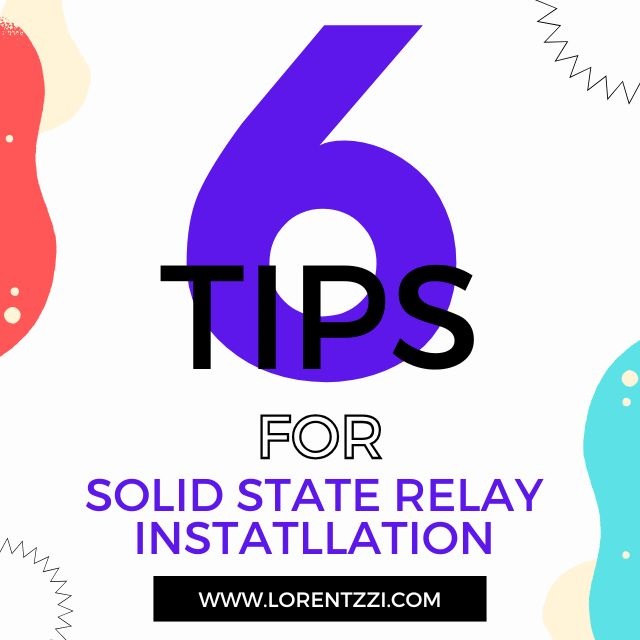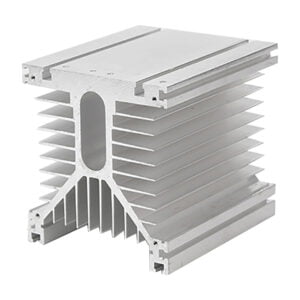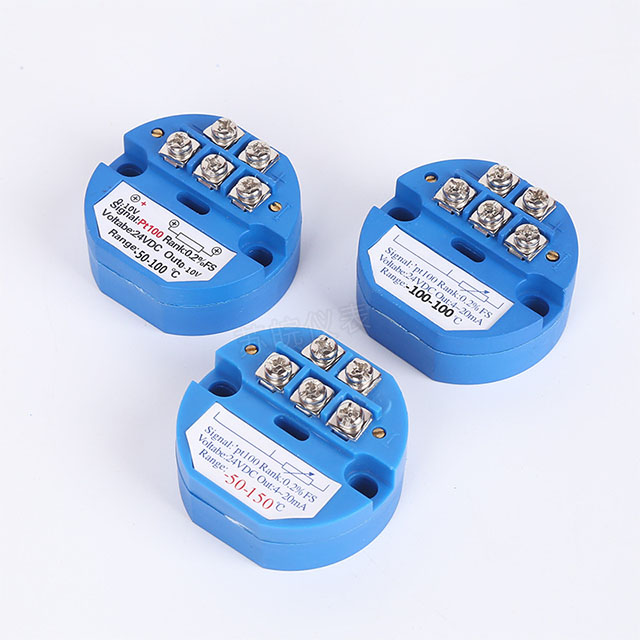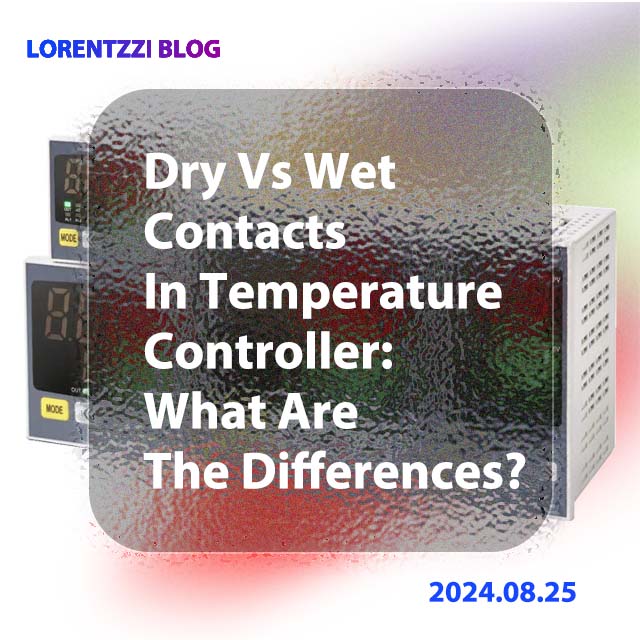Solid-state relays (SSRs) are used in a wide variety of applications due to their fast switching times, low noise, and lack of sparking. While installing an SSR may seem simple, it still requires meticulous attention to detail to ensure lasting performance. In this article, we’ll explore 5 important tips for installing solid-state relays, focusing on heat dissipation, screw mounting torque, temperature protection, mounting surface requirements, and more.
Tip 1: Heat Dissipation: A Crucial Factor
Semiconductors generate a lot of heat when they work, which is basic knowledge that any electrician or technician knows. A typical example is that your mobile phone gets hot when you watch videos or make calls for a long time. The same is true for solid-state relays, which use thyristors, semiconductor components, to run the load. The longer it is used, the more heat it generates, so good heat dissipation ensures that solid-state has long-lasting performance, but how to dissipate heat?
When installing a solid-state relay, heat dissipation is an important issue to consider, because high temperatures exceeding 80°C for a long time will seriously shorten the service life of the solid-state relay. There are two ways to help it cool down. One is a passive cooling method, such as mounting the solid-state relay on a dissipador de calor, and the other is an active cooling method, adding a cooling fan to blow away excess heat.
In addition, when using a heatsink and solid-state relay, be sure to apply thermal grease or thermal pads between them, otherwise poor contact will cause heat to accumulate at the bottom, greatly reducing the heat dissipation performance.
You can choose the appropriate SSR heat sink from the following categories:
Tip 2: Screw Installation Torque: Precision Matters
The torque applied during the installation of screws is another essential consideration. Over-tightening can cause physical damage to the SSR, while under-tightening may lead to poor electrical contact. For most SSRs, a recommended torque of 2.2 Nm for M4 screws is advised.
Tip 3: Temperature Protection for Peak Performance
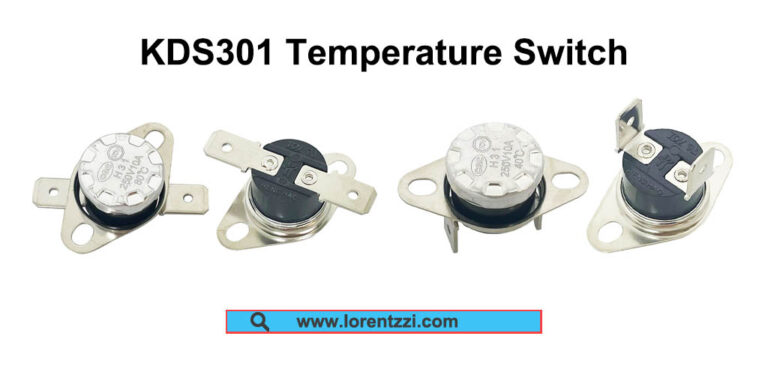
If you are worried that simply adding a heatsink or cooling fan to help the SSR cool may not be effective, try using an 80℃ normally closed temperature switch, such as the KSD301 with temperature protection products above 80℃ is a good choice, you can fix it to the heat sink to double protect the solid state relay from over-temperature damage.
Or you can use our TCN4 temperature controller with an alarm function to monitor the solid-state relay status, that is, once the temperature of the solid-state relay itself exceeds the set temperature, the temperature controller alarm will be triggered, and then the cooling device connected to the alarm contact will be controlled to start working.
Tip 4: Installation Surface Requirements
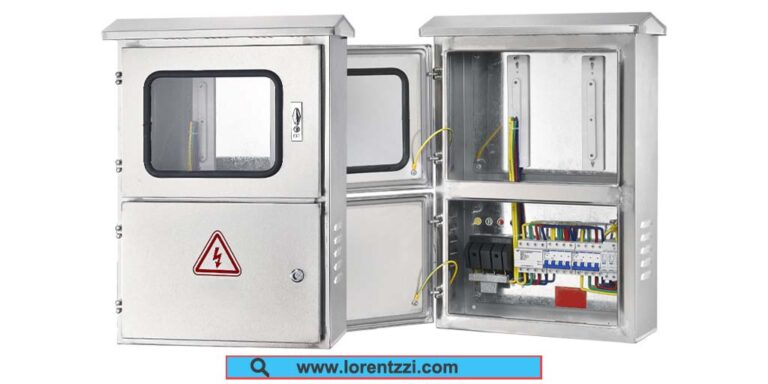
The surface on which you install your SSR can significantly impact its performance. A flat, stable, and non-conductive surface is ideal for SSR installation. Ensure that the surface is clean and free from dust or debris that could insulate the SSR and hinder heat dissipation. Additionally, avoid installing SSRs in areas with high humidity or corrosive environments, as these conditions can lead to electrical shorts and SSR failure.
Since there are two ways to install solid state relays, one is panel mounting using screws, which is the most popular method, and the other is DIN rail mounting, for panel mounting SSRs, metal distribution cabinets are necessary because plastic distribution cabinets are not easy to mount SSRs securely, while DIN rail mounting SSRs can be installed in metal or plastic distribution boxes as long as there is a DIN rail inside the box.
Tip 5: Using Fast Fuse
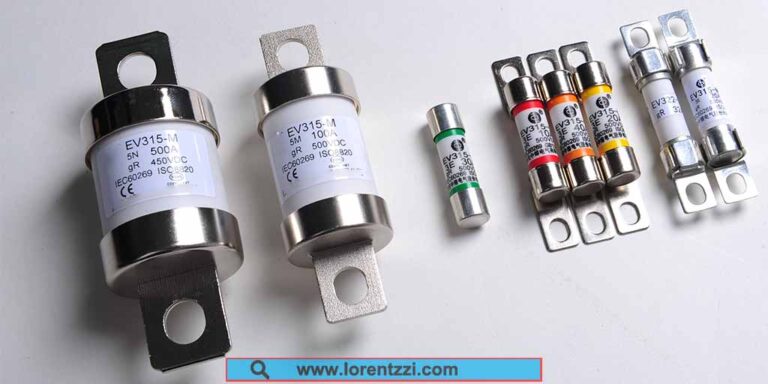
The solid-state relay load may short-circuit, which is very dangerous, and the short-circuit will also cause permanent damage to the solid-state relay. How to avoid it? The solution is to add a fast fuse between the controlled load and the SSR load terminals. When the fast fuse detects that the current is greater than its maximum through current, it will melt the fuse core and then cut off the load power supply, thereby protecting the solid-state relay from overcurrent.
And the fast fuse maximum bearing current should be 1.5 times than the SSR maximum through current, for more information, you can try to read our article: O guia definitivo para a escolha de um relé de estado sólido.
Tip 6: Proper Wiring and Connection Practices
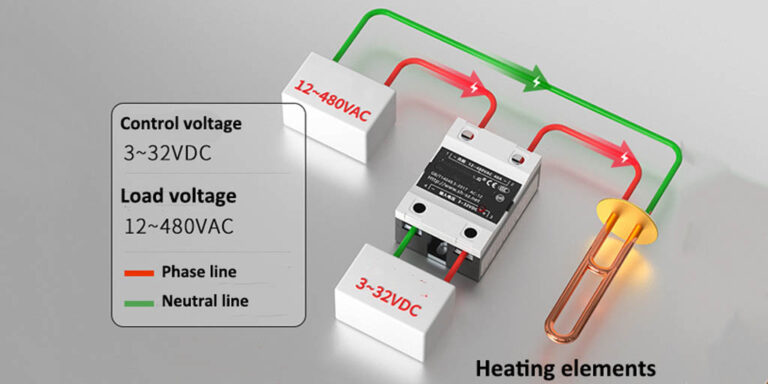
When wiring your SSR, use the correct wire gauge and ensure that connections are secure and insulated properly. Loose or improperly connected wires can cause intermittent operation or even damage the SSR. Always double-check your wiring connections and use wire nuts or terminal blocks designed for the specific wire gauge. This attention to detail will help prevent electrical noise and ensure reliable SSR operation.
More knowledge of how to wire a solid state relay, please have a look at our blog: Como conectar um relé de estado sólido?
Conclusão
Through the above 6 steps: heat dissipation, screw installation torque, temperature protection, mounting surface requirements, use of fast fuses, and correct wiring and connection practices, you can now install and use solid state relays very professionally.
As a solid state relay manufacturer, Lorentzzi not only produces a variety of high-quality solid state relays, but also provides professional advice for all your SSR needs. If you have other questions, please feel free to Entre em contato conosco.

